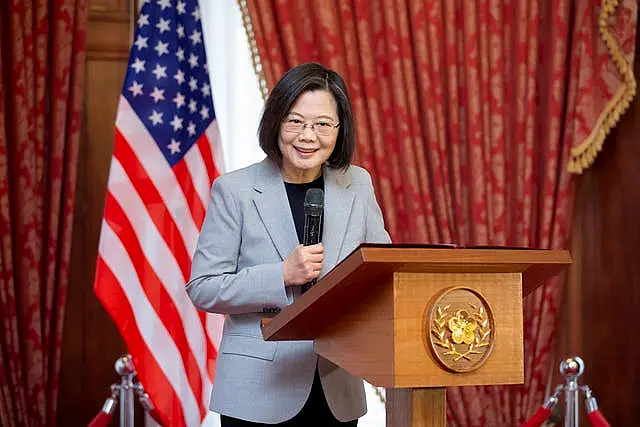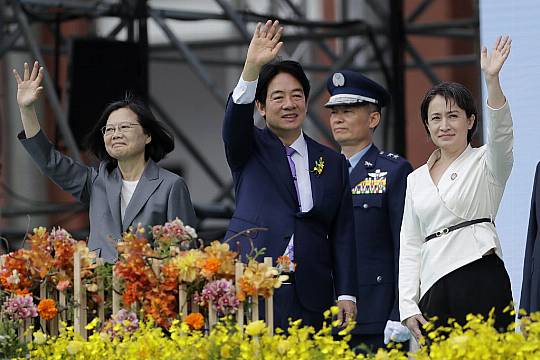Relative moderate Lai Ching-te has been inaugurated as Taiwan’s new president and will continue the self-governing island’s democracy policy of de facto independence while seeking to bolster its defences against China.
Beijing claims Taiwan as its own territory and has been upping its threats to annex it by force if necessary.
Mr Lai accepted congratulations from fellow politicians and delegations from the 12 nations that maintain official diplomatic relations with Taiwan, as well as politicians from the US, Japan and various European states.
Mr Lai entered politics as mayor of the southern city of Tainan and then rose to vice president.

He takes over from Tsai Ing-wen, who led Taiwan through eight years of economic and social development despite the pandemic and China’s escalating military threats.
Mr Lai, who served as vice president during Ms Tsai’s second term, came across as more of a firebrand earlier in his career.
In 2017, he described himself as a “pragmatic worker for Taiwan’s independence”, drawing Beijing’s rebuke.
He has since softened his stance and now supports maintaining the status quo across the Taiwan Strait and the possibility of talks with Beijing.
Mr Lai will build on Ms Tsai’s efforts to strengthen ties with the US, which does not formally recognise Taiwan as a country but is bound by its own laws to provide the island with the means to defend itself.

During Ms Tsai’s tenure, Taiwan became the first society in Asia to legalise same-sex marriage, though critics say she skirted political responsibility by leaving the decision up to the Supreme Court and a series of referendums.
She oversaw a controversial pension and labour reform and extended the military conscription length to one year.
She also kickstarted a military modernisation drive, including a programme for building indigenous submarines at more than $16 billion each.
Ms Tsai’s leadership during the pandemic split public opinion, with most admiring Taiwan’s initial ability to keep the virus largely outside its borders but criticising the lack of investment in rapid testing as the pandemic progressed.







